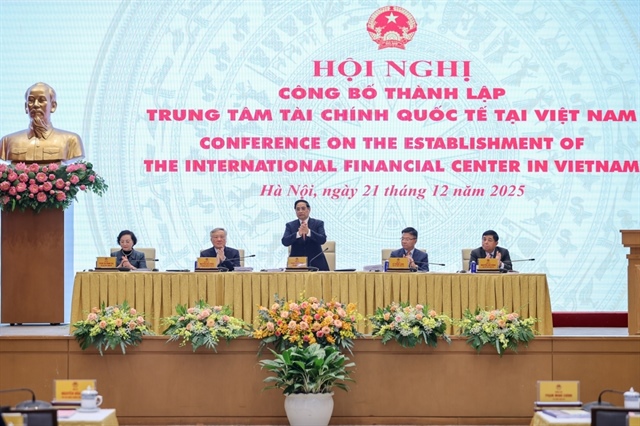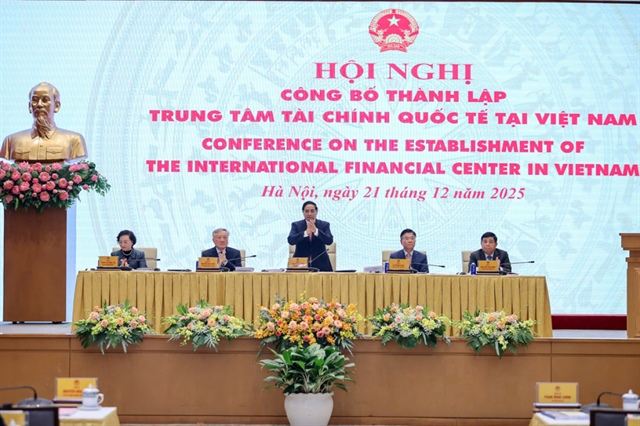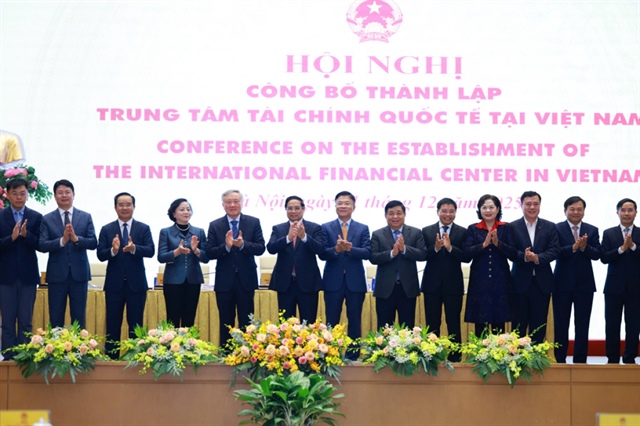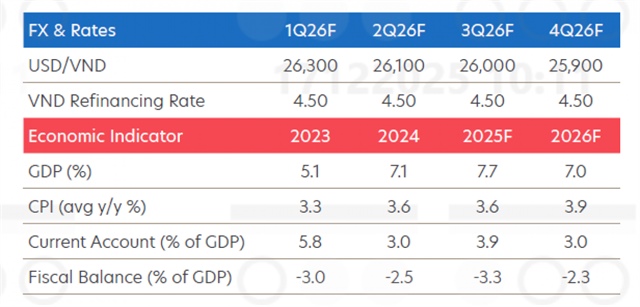Monetary and fiscal policies go their separate ways
Monetary and fiscal policies go their separate ways
Vietnam has been mostly relying on the monetary policies in regulating the national economy, while the fiscal policy has been ignored.

According to the Governor of the State Bank Nguyen Van Binh, by the end of May 2013, the outstanding loans had increased very slightly by 2.98 percent in comparison with the end of 2012. Of this, the dong outstanding loans had increased by 5.48 percent and foreign currency loans decreased by 8.41 percent.
As such, the lending interest rates have reduced by 2-4 percent in comparison with the beginning of the year, while the new loans’ interest rates are now equal to the rates applied in 2005-2006 and even lower than that in 2007. However, despite the sharp falls, the credit growth rate remains very modest. While commercial banks have continuously launched low-cost credit packages, businesses still keep silent and don’t intend to borrow money for the investment.
Bankers have affirmed that they have slashed the lending interest rates to the lowest possible levels.
Meanwhile, Binh said that the margin between the deposit and the lending interest rates has decreased to 3.03 percent, and if deducing the provisions against risks, the gap would be 1,93 percent only, much lower than the 2.33 percent seen at the end of 2012.
Binh said this was one of the reasons which led to the sharp falls of the credit institutions’ profits in 2012 and the first months of 2013.
Experts have been pointed out that the monetary policy has been abused, while the fiscal policy has not been used to stimulate the national economy. In other words, the monetary and fiscal policies have been going their separate ways, while they should strive to one thing.
Dr. Le Xuan Nghia, Head of the BDI, a business development research institute, said he and his colleagues have carried out a business survey and found out that businesses nowadays only strive to short term business plans, while they do not think of long term business strategies.
In 2009, when the government launched the interest rate subsidy package, under which the lending interest rate was lowered to 6.5 percent per annum, a lot of businesses believed that the government would stabilize the interest rate for a long term. With the confidence, they injected their money in developing their business and expanding the production.
However, just after some disbursement fits, the interest rate suddenly soared to 20 percent per annum. A lot of businesses merely got bankrupt, while their new production lines were left unused, because they could not bear such the sky high interest rates.
Businesses, which have lost confidence on the interest rate policy, have decided that they should strive for short term profits only.
A good monetary policy should not only try to increase the money supply to pave the way for the interest rates to go down. More importantly, it should strive to a stable monetary policy,” Nghia commented.
Only when the inflation rate, exchange rate and interest rate are stabilized, will businesses be able to think of their long term business plans and feel secure to make investment.
“No one can do business well, if the inflation rate goes up to 15-20 percent and down to 5-6 percent so regularly,” Nghia maintained.
He has blamed this on the abuse of the monetary policy in dealing with the problems, while the fiscal policy has been the “outsider.”
vietnamnet


























